Mobile App Development Process – How To Make an App
Published on 28 Jul 2020

Mobile App Development Process – How To Make an App
Every day 6,140 apps are released on just the Google Play Store. There are currently over 2.56 million apps on the Google Play Store and over 1.85 million apps on the App Store. Among so much clutter, the only way your idea can become a successful application is by following the perfect recipe of the mobile app development process.
You have got a killer idea, and you want to execute it and build the most awesome app out there. The easiest and probably a little expensive way is to hire a mobile app development agency right at the start. But we at Systango, love it when our clients are involved throughout the mobile app development process with us. So here’s a guide, taking you through the entire mobile development life cycle so you can almost build your own app.
Mobile App Development Process
The steps that will take your idea to life are:
- Pen Down Your App Idea
- Do Market Research and Competition Analysis
- Wireframe/Design Finalisation
- Landing Page for your App
- Develop your app in Swift/C# for iPhone or Java for Android
- Test for all Scenarios
- Launch Your App on Google Play Store and App Store
- Market Your App and Reach The Target Audience
- Iterate based on Feedback from App Users
1. Pen Down Your App Idea
The moment you have an idea and decide to build on it, write it down!
Try and write what your idea is, how the app will work, what are the features your app will have. Some questions that you should definitely answer are:
- Who is going to be the target audience for your application?
- What will be the USP of your application?
- Which segment of the target audience are you going to use for evaluating your idea?
- What are you going to do differently from your competitors?
- How are planning on generating revenue from your app?
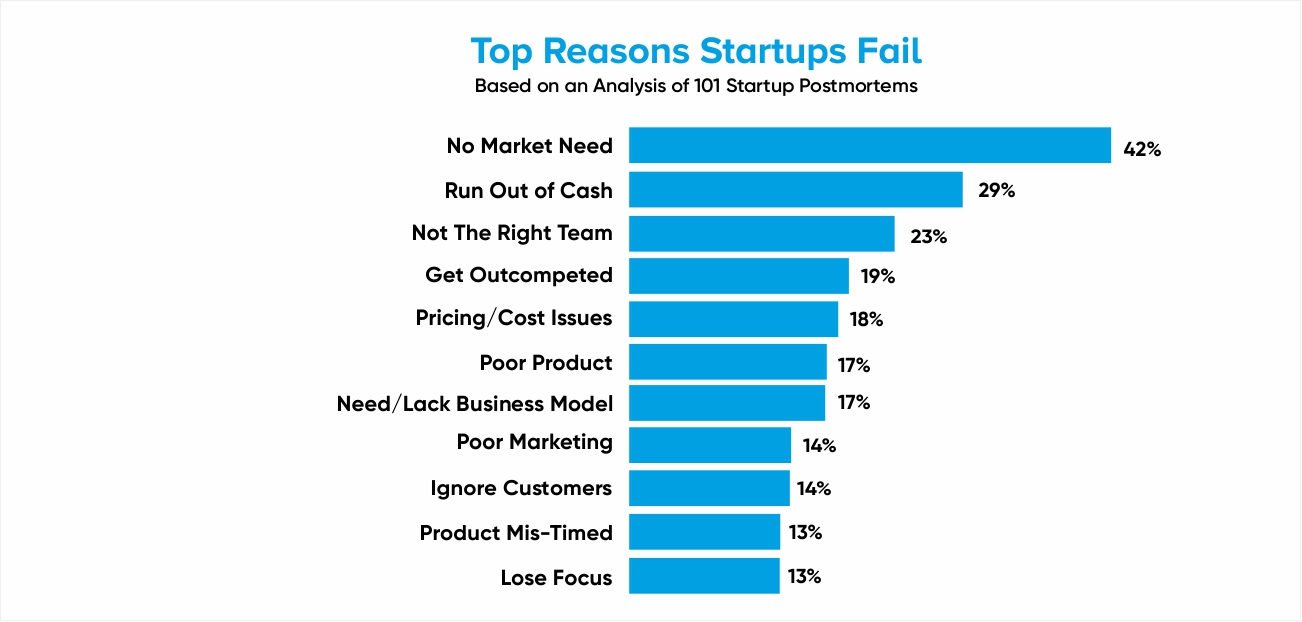
Ensure that your idea has a need in the market and go for an MVP first. You want to gauge the market response as early as possible so you can make any needed changes without wasting resources. Focus on what matters most, speed up your mobile app development process steps and make your app more resilient against any setbacks.
2. Do Market Research and Competition Analysis
This is an extremely important step in the mobile app development process as it allows you to understand your competition, mistakes they made, and eliminate those mistakes. In this process, you need to ask questions like:
- What are the similar apps out there and who is your competitor in the marketplace?
- What is it that your potential customers want?
- How much are your competitors charging? What’s their business model and how can you optimise your business model?
Doing quality market research before building your app is important in the mobile development life cycle as it helps you avoid a lot of mistakes every step of the way. What we really focus on is:
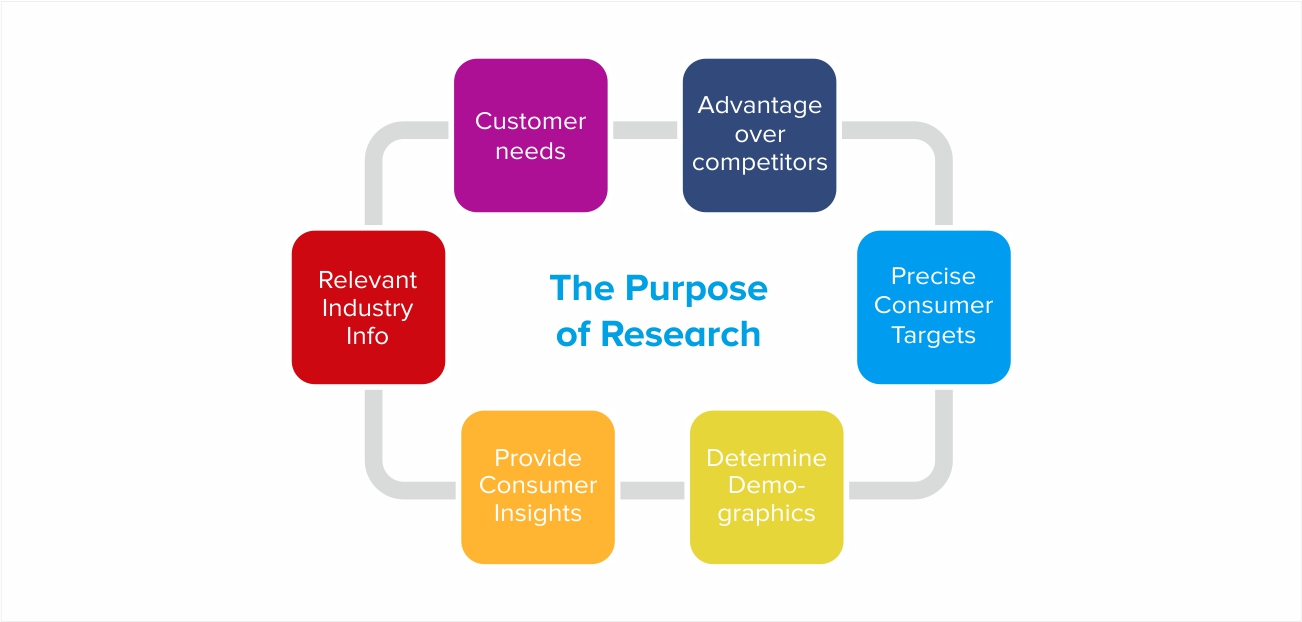
- Finding out and understanding the mistakes your competitors are making
- Checking and finding out if people are even looking for an app like yours
Our marketing team helps you estimate the demand for your app before you spend a single dollar in development. Google Trends and Keyword Planner and a few tools that can easily get this job done.
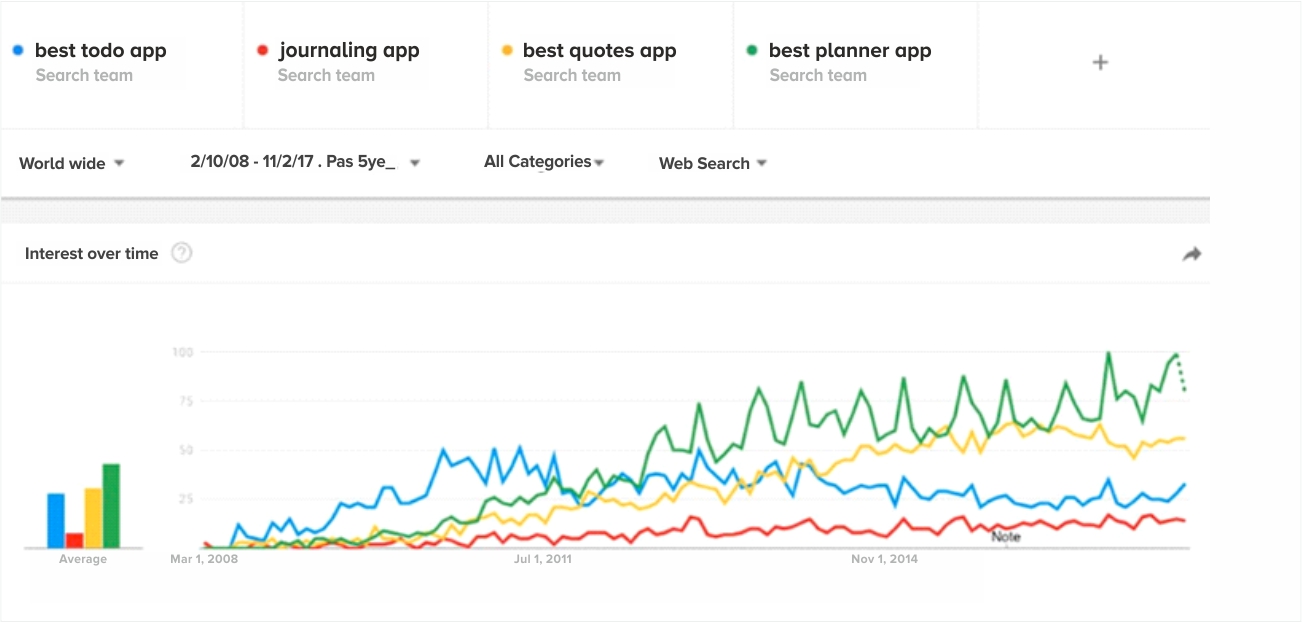
For eg: using Keyword Planner, you can see how many percentages of people are looking for a to-do app, journaling app, quotes app, and a planner app. This can help you determine how trends are changing, what’s popular, what people are searching for, and make choices accordingly.
3. Wireframe/Design Finalisation
In the design part of the mobile app development process step, understand how you want your app to look, do a moodboarding workshop, define user stories, and finalize the navigation and information architecture. Get wireframes ready and make any needed iterations. Your app has to be simple, easy, and intuitive. By now, you should already know the primary goal of your application, in this part of the mobile development life cycle, figure out how to make it easy for the user to achieve that goal.

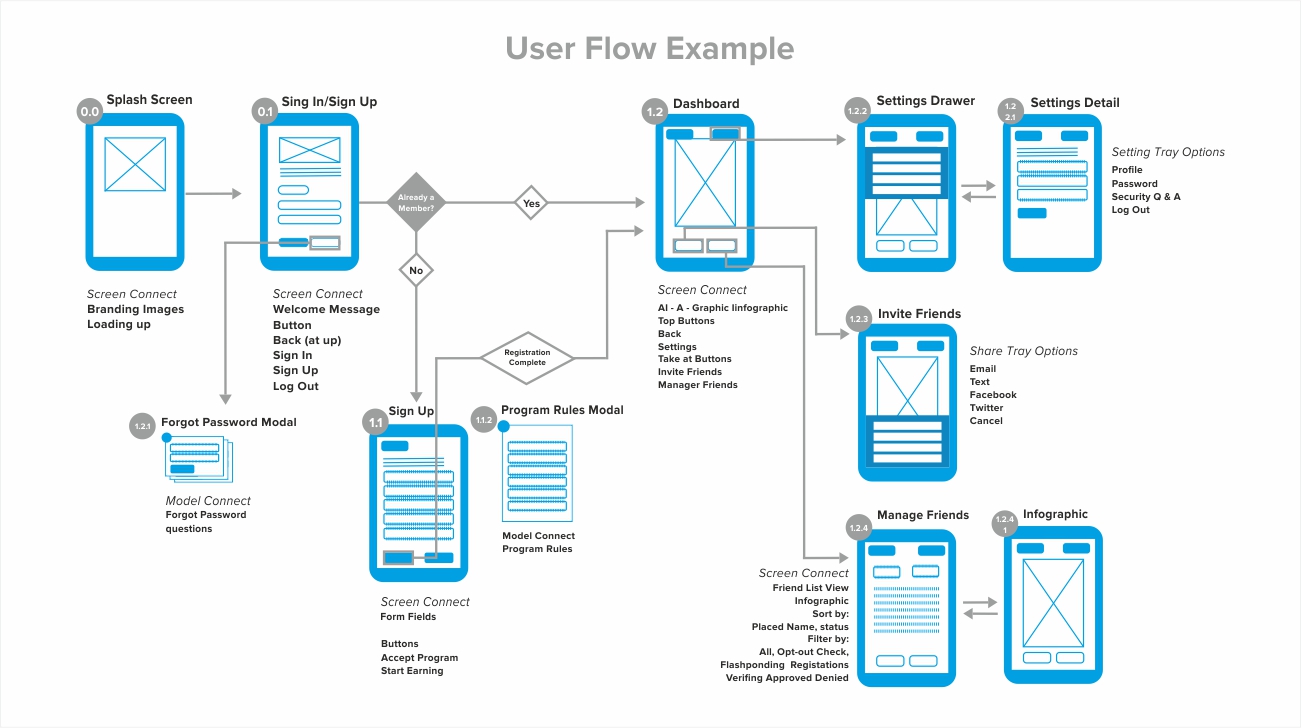
4. Build a Landing Page for Your App
Just making an app is not enough, you need people to be able to find it. One of the best ways to do this is by building a landing page for your app. App Marketing is an essential part of the mobile app development process steps. You don’t need to build a huge one, a single-page static website should do.
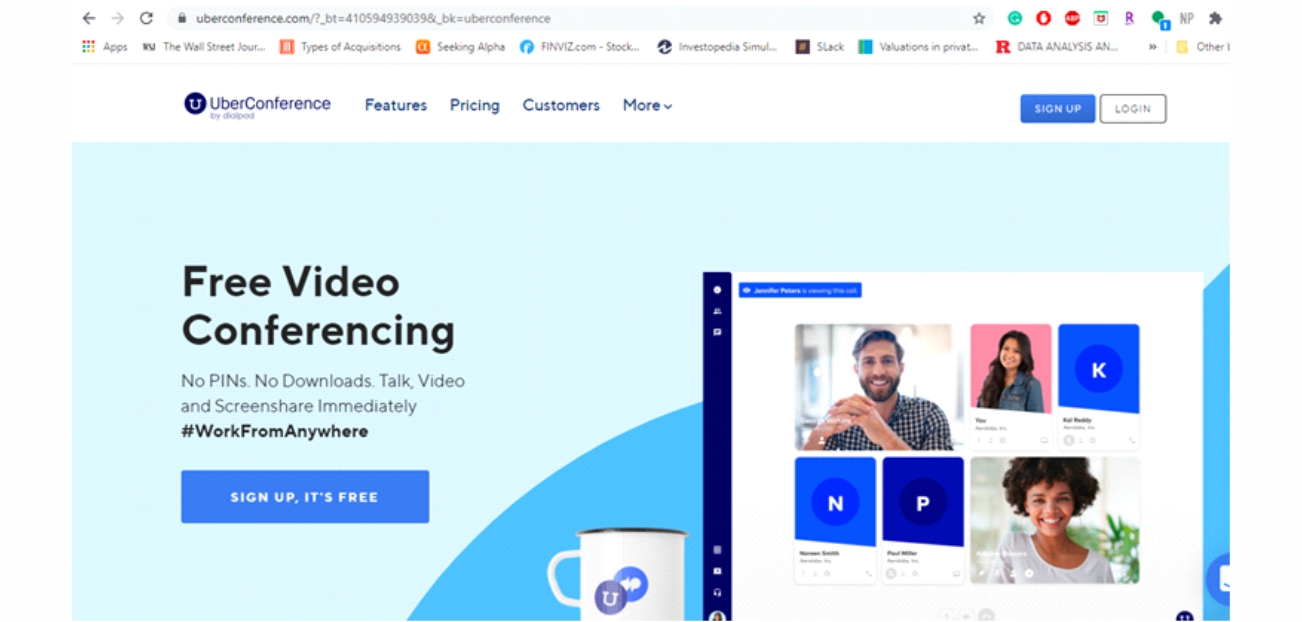
This is the website for one of our projects, Uberconference. The website explains what the app is about, who it’s for, and how it helps you.
The most important element of the page, a clear call to action (CTA) to sign up for the app.
You should have your landing page out even before releasing the app, as it allows you to connect with potential app users early on. In order to market your app, you need to create a connection between you and prospective customers.
Some must-have elements on your Landing page:
- A clear headline at the top of the page
- A brief introduction about your app, it can also be a video
- Some app screenshots
- Call to action, i.e. to sign up or install the app
- App features and benefits
- Nice-to-have – story about the app’s creators, or an “About Us” section
How Systango Can Help You?
- We provide technical consultancy to startups, enterprises, hedge funds, and banks on how to leverage the power of technology
- We offer end-to-end development team for web and mobile development
- You can hire on-demand tech resources for your development needs
5. Develop your app in Swift/C# for iPhone or Java for Android
It’s the 5th step in the mobile app development process where you finally need some coding expertise. If you have laid the groundwork for your app project, building the app itself becomes much easier. Your mockups, app designs, and website are ready, if you are not already working with a iOS or Android app development company, now would be a good time to reach out to one and have your work validated.
Hiring a leading mobile app development company now will not only help you with the actual coding of your app, they can also further improve the work you have done so far and get on quickly with the mobile development life cycle. Just to give you a few basics about this process, You can divide app development into two categories:
- Front-end development: This is the part of the app you see. It includes the layout, navigation, information architecture, graphics, user interaction, animation, and data processing.
- Back-end development: This is the part of the app you don’t see. It includes databases, networking, data storage, and user management.
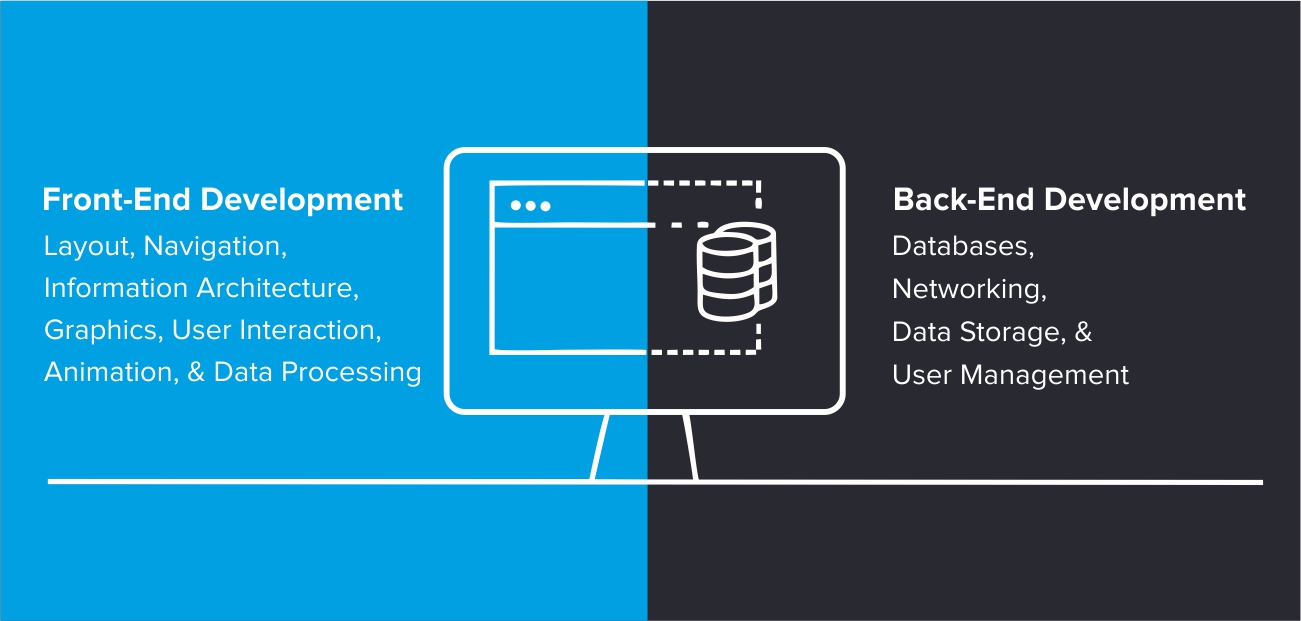
Basically, the front-end of your app includes creating the app’s User Interfaces, determining what happens when users interact with your app. It means setting up the navigation of your app and building the app’s features.
And the back-end of your app is mostly about managing and storing data. Most of the apps these days use cloud-based back-ends, like Firebase or Parse Server.
If you are not a technical person, this is about as much as you should try and understand. But if you are someone technical or want to learn more, you can definitely look at some top books or online courses.
6. Test For All Scenarios
At Systango, we consider testing as one of the most important steps in the mobile app development process. Before the app is released, our QA specialists do end-to-end tests to make sure that the app works flawlessly.
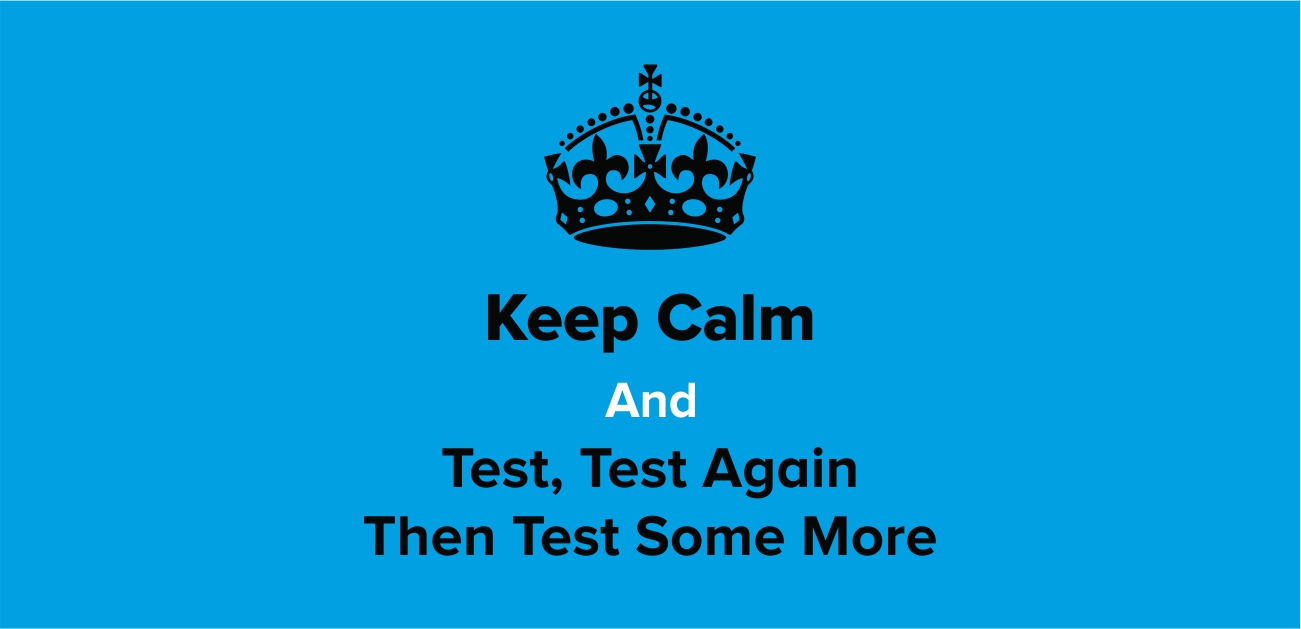
Here are the differences between functional and non-functional tests that we do and you should know about:
| Functional testing | Non-Functional testing |
| Here the app is tested against the functional requirements/specifications of the client. It provides the appropriate input and expects the correct output, tests the user interface. Any user requirement specified by the business is well tested. | Here the focus is on the quality of app software especially the non-functional aspects such as response time, security, scalability, usability, performance. |
| Manual testing and a few automatic tools are used for functional testing. | Tools are more effective for this testing. |
| The requirements of the business are the inputs for functional testing. | Speed, scalability, and other performance parameters are part of non-functional testing. |
| It describes what the product actually does. | It describes how good the product is. |
| Examples: Functional testing Unit testing Smoke testing Sanity testing Integration testing White-box testing Black Box testing User-acceptance testing Regression testing |
Examples: Performance testing Load testing Volume testing Stress testing Security testing Installation testing Penetration testing Compatibility testing Migration testing |
7. Launch Your App on Google Play Store and App Store
Woohoo!!Congratulations! Your app is finally ready to be launched. It feels like a dream come true, doesn’t it? Well, the process to publish your app in the App Store and Google Play Store is pretty straightforward and we can help you with it. Here is the process for App Store:
- Register for an Apple Developer Account
- Upload your app’s title and metadata with App Store Connect
- Upload your latest app build with Xcode
- Make sure to follow App Store Review Guidelines, as they will review your app
- As soon as they approve your app, you are LIVE!!
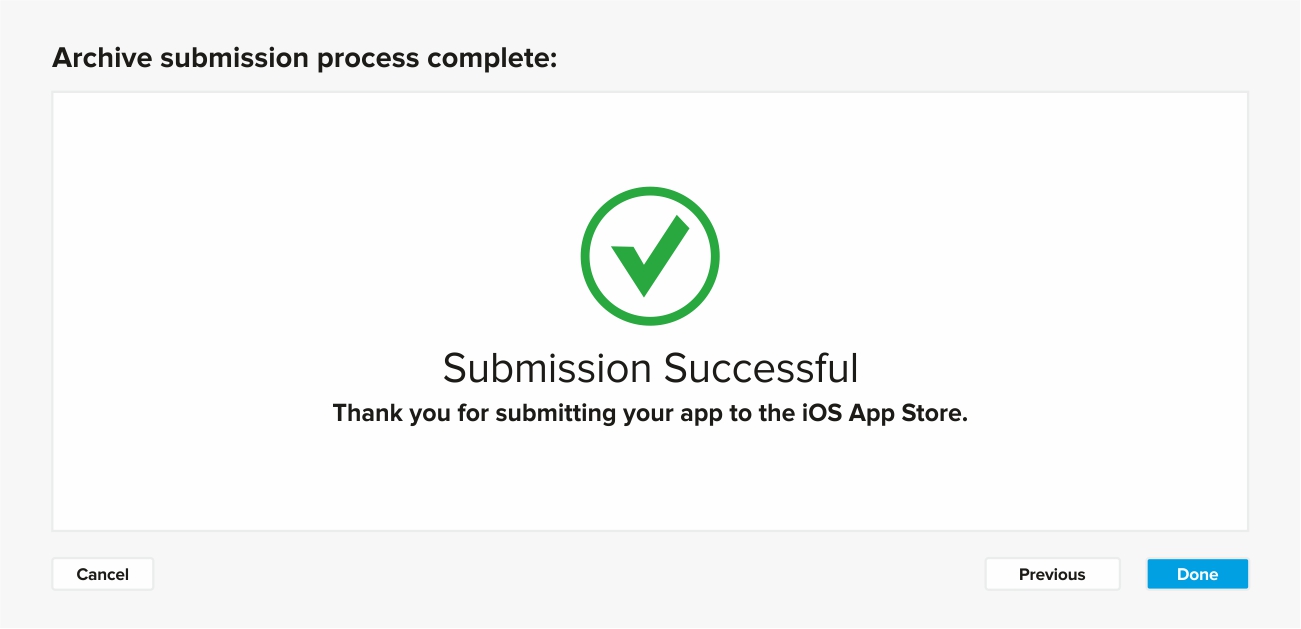
Yes! That’s it! It’s that simple. The process is almost similar for Google Play Store, except the review part. But don’t forget to follow these ASO tips when uploading your app information for both the stores.
8. Market Your App and Reach Your Target Audience
So building a small static landing page was our first step towards marketing. Marketing is an ongoing process and will continue for the entire life of your app. In this mobile app development process steps, you ask 3 simple questions and answer them for a successful campaign:
- What problem does your app help solve?
- Who is your app for?
- How can you reach those people?
How Systango Can Help You?
To help people discover that your app is meant to help them. You can do this by writing about topics related to your app, or starting an ad campaign, or onboarding new users. Some ways we try and help our clients top the charts are:
- Get featured by Apple in the App Store: It’s definitely tough, but over the years we have worked out a way to maximize our chances. Approximately 30% of people download apps they find here.
- Run paid-to-free campaign: If your app is a paid one, going free for a short period and getting the word out there during that period can generate mountains of downloads.
- Work on your ASO (app store optimization): ASO never ends! We spoke about it in the earlier section too.. And believe us it’s one of the best approaches for app discovery. If you look at the stats below, it shows around 60% of people find an app by general browsing, so if you want your app to show up on top, ASO is crucial.
- Influencer marketing: This is surprisingly a great strategy for apps! Find influencers who have audiences that fit your app’s target demographic and ask them if they can do a shoutout or mention of your app. They may charge a little but it will definitely be worth it.
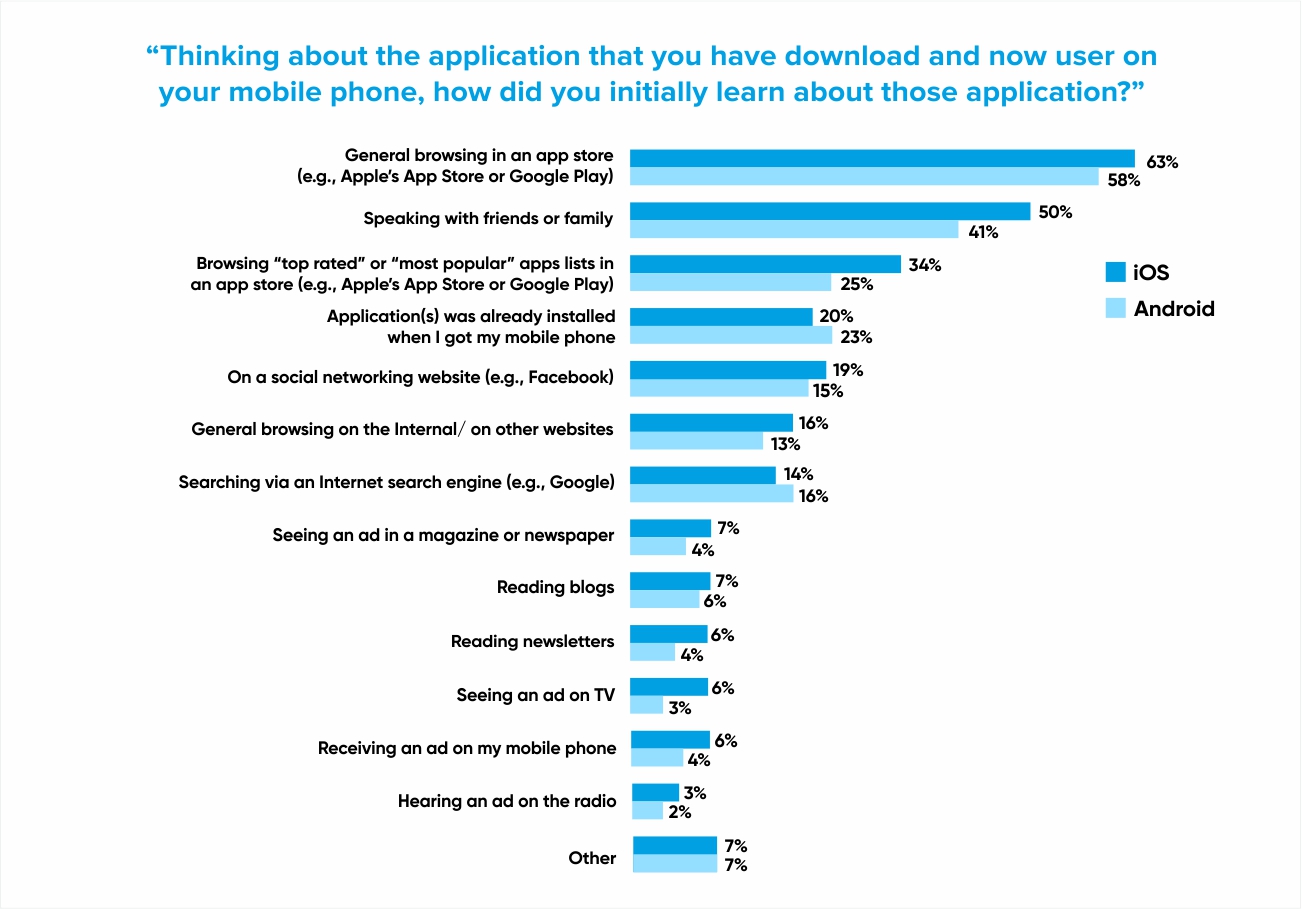
9. Iterate based on Feedback from App Users
Getting real user feedback and implementing those suggested changes is important for making an app. You use a user’s experience, and their feedback, to improve your app. How?
- Use app analytics to gather quantitative data like downloads, engagement, sign-ups, number of daily active users, churn rates, etc.
- Use surveys and interviews to get qualitative data
- Talk to your users and build a connection with them
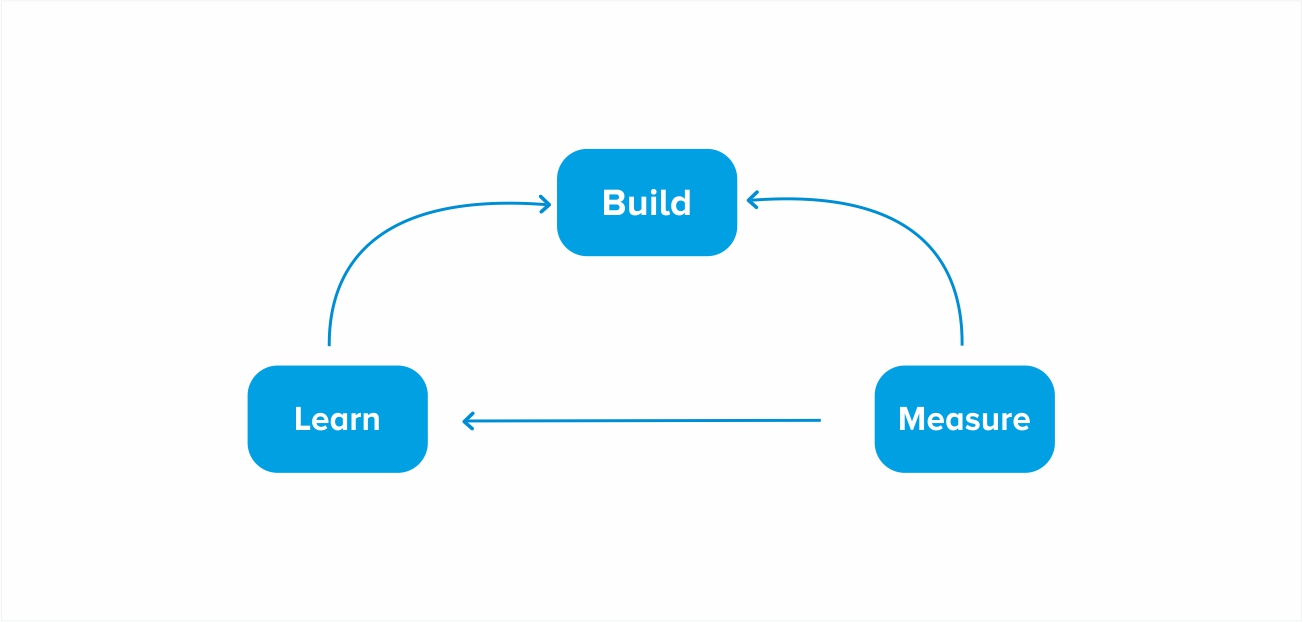
The most important thing, read the reviews and reply to them. If someone has left a negative review, understand what could be the problem, and work towards integrating those changes into your next release. Facebook, Instagram, Uber release new versions and updates even today!
Systango for Your Next Mobile App Development
The mobile app development process is a long one. You start with analyzing your app idea, understanding your target audience, and then creating user flows and designs to engage users but at the same time are intuitive. And then there is the actual coding, launching, marketing, and measuring.
We at Systango can help you with every step in this process like we have 1000s of others including Deloitte, Grindr, MGM Grand, Porsche, etc. Feel free to Reach Us to build an amazing app!
Related posts
App Development
Mobile Apps
Technology
Web Apps
Building Your App? Rust vs Go: A Guide for Business Owners
21 Feb 2024
Mobile Apps
The Best Guide on App Retention Strategies and How to Increase Retention Rate
12 Aug 2020
Let’s talk, no strings attached.
